The Difficulty of Defining 'Fairness' in Wisconsin's Redistricting Process
By Zac Schultz, Frederica Freyberg | Here & Now
September 23, 2021
As redistricting moves forward in the state following the release of the 2020 census data, mapmakers must follow the law — but the law does not provide a clear answer for how to make maps "fair" in terms of partisanship.
In January of 2020, Gov. Tony Evers issued an executive order creating a new redistricting committee, which he named the “People’s Maps Commission.” The commission’s task was to draw fair, impartial maps that would be used in state elections for the next decade.
“I believe, and Wisconsinites do, too, that people should get to choose their elected officials, not the other way around,” said the governor during his State of the State address that month.
When Annemarie McClellan volunteered to serve as a commissioner, she wasn’t expecting the COVID-19 pandemic to delay the census and stretch the redistricting process out to the end of 2021.
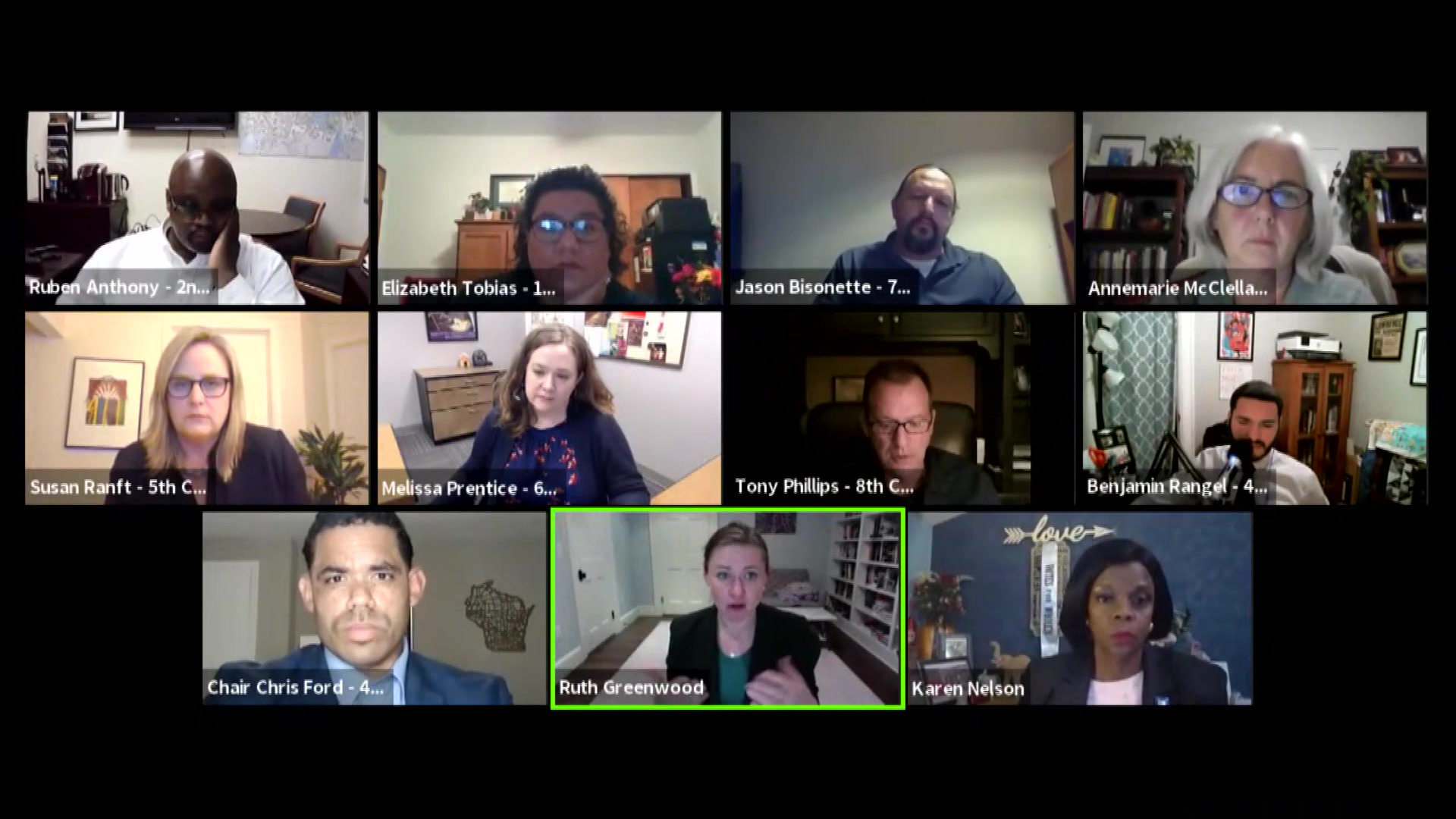
In addition to delaying the release of the 2020 census data that informs the redistricting process, the COVID-19 pandemic forced the newly created People’s Maps Commission to meet virtually. (Credit: PBS Wisconsin)
“It’s been a long process,” McClellan said. “A lot of us felt that, you know, by the end of April, early May, we would be done and we could get on with our lives … but that’s not the case. We’ve gone this far. We have to see it out to its end.”
The census data arrived in August, and redistricting lawsuits have already been filed in Wisconsin. Meanwhile, the commission took virtual and written testimony from thousands of citizens and experts.
But still no one can answer the defining question surrounding redistricting: What makes a map “fair”?
“When people think of fairness for the public, it’s like, does this represent the greater will of the mass of the public?” said McClellan.
Joe Handrick is a former Republican Assembly representative, but he is best known for his work on redistricting for Republicans over the past few decades.
“Fair is in the eye of the beholder,” he said.
Handrick pointed out that the law demands districts be contiguous, have close to equal population, try to keep communities together and follow the federal Voting Rights Act of 1965 when it comes to minority representation.
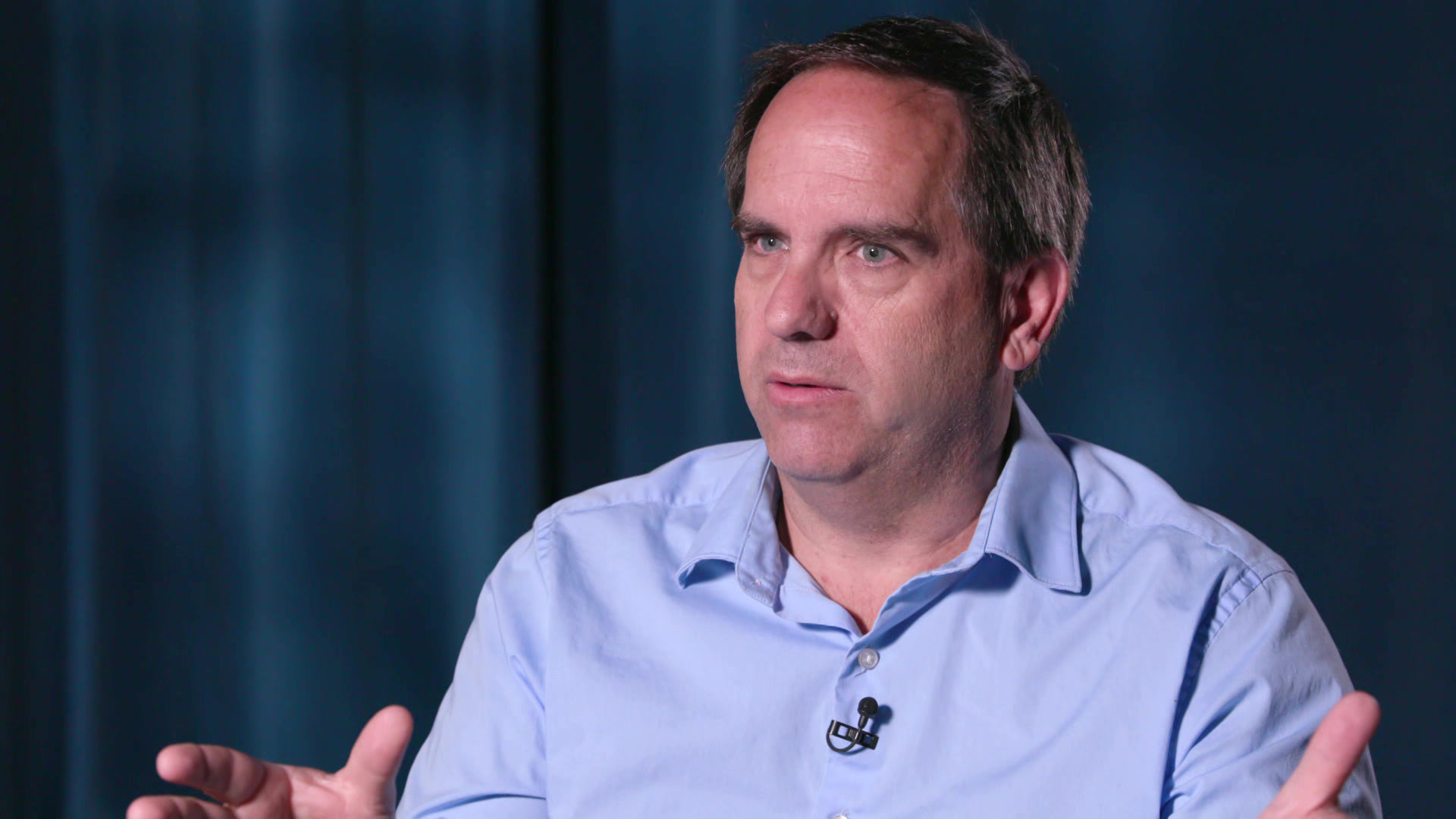
Joe Handrick, a former Republican state Assembly representative, helped draw Wisconsin’s statehouse and congressional districts that went into effect in 2011, which he said adhere to state and federal laws despite criticisms from Democrats that they represent an unfair partisan gerrymander. (Credit: PBS Wisconsin)
“There’s other people who define fair maps as ‘What’s the political outcome?'” Handrick said. “‘Are the Democrats, [or] are the Republicans getting enough seats?’ But that’s not defined or expected anywhere in the statutes or in the Constitution.”
Jordan Ellenberg is a math professor at the University of Wisconsin-Madison. When it comes to what constitutes a fair map, Ellenberg said many Wisconsinites might be asking the wrong questions.
“The very word ‘fair,’ there’s some question of philosophy and some question of ethics and some question of law,” Ellenberg said. “There is not really a good answer to what is fair, so then you may say, ‘Well, what are we even doing?’ Like, why am I here talking about it? Because there is a good answer to what is unfair. That’s a different question.”
According to Ellenberg, the best example of unfair maps are the current Wisconsin congressional and statehouse districts, drawn by Republicans a decade ago.
“In my professional opinion, the current map we have is one of those where it’s very clear by any metric you would use that that map has been cooked to the benefit of one party,” Ellenberg said.
If the maps were cooked, Joe Handrick was one of the chefs. In 2011, Handrick worked for a private law firm Republicans hired to draw the current maps. But Handrick said he doesn’t think these maps constitute a gerrymander.
“Did we create a map that created the Republican majorities? No.” Handrick asserted. “The geography of Wisconsin and the concentration of Democratic voters creates the Republican majority.”
This latter point is one area where Handrick and Ellenberg agree. In a statewide election, Wisconsin is evenly divided between Republicans and Democrats. Ellenberg said he can create thousands of computer-generated maps to test what the average number of wins should be for each party in the Assembly.
“Under those conditions of exact, even split of voters, how many Republicans would there be in the state Assembly? And like, no spoiler. I’m just [going to] tell you the answer is probably about 55,” Ellenberg said.
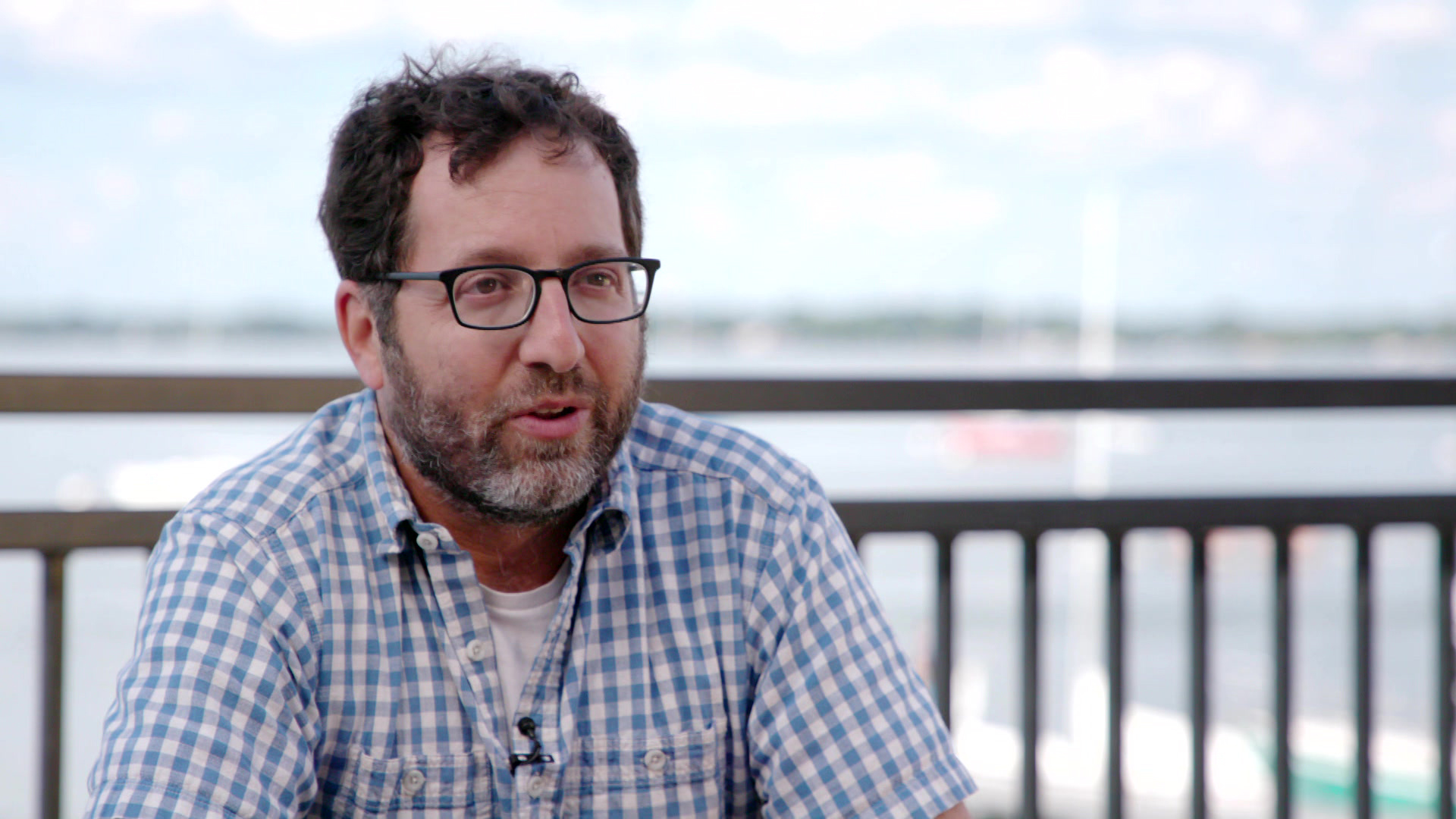
University of Wisconsin-Madison math professor Jordan Ellenberg describes how the partisan makeup of Wisconsin’s elected representatives does not line up with expectations based on the state’s narrowly divided electorate. (Credit: PBS Wisconsin)
That’s because a lot of Wisconsin voters who tend to vote for Democrats are concentrated in the cities. So, while Democrats can rack up huge margins in some Assembly races, Republicans get their legislative majority in districts crafted to give them 60% of the vote.
Ellenberg said that based on where partisans live, the range of safe Assembly seats for Republicans should be in the mid-50s, not the 61 seats the party currently holds.
“There’s not a single answer, but there is a reasonable range,” Ellenberg said. “And, 62 to 63 is not in that range. It’s way out there that basically never happens unless you build in a big advantage.”
Handrick argued that credit for his party’s majority should go to quality Republicans candidates, not just the maps he helped to draw.
“You have to remember, Republicans have won a couple of seats that actually are Democratic seats on top of that,” Handrick said. “So that’s 57, 58 [seats]. The map probably accounts for the difference between that and the 60 or 61 seats [Republicans are] at.”
McClellan said the number one priority for the People’s Maps Commission isn’t which party wins, but keeping “communities of interest” intact. Unfortunately, just like fair maps, there isn’t one definition for a community of interest. Often it’s interpreted to mean keeping counties, cities and villages within the same district.
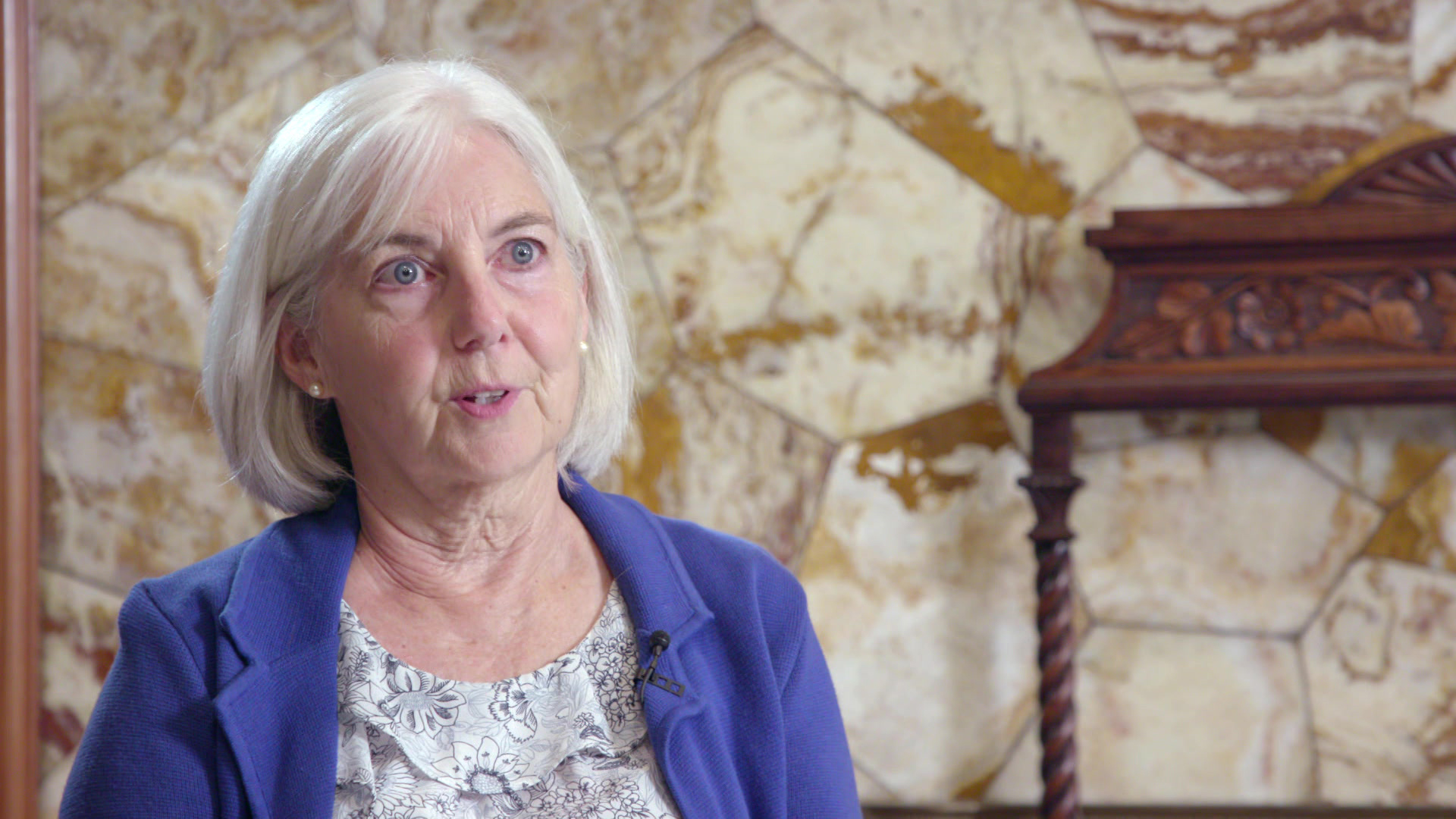
Annemarie McClellan represents Wisconsin’s 3rd Congressional District on the People’s Maps Commission, which Gov. Tony Evers, a Democrat, formed to help guide the state’s redistricting process. (Credit: PBS Wisconsin)
“It might be school districts,” McClellan said. “That’s one thing that we heard that a lot of people say that ‘I want to keep [my school district] intact’ because sometimes school districts cross municipalities or they even cross county lines.”
McClellan said the commission won’t ignore the partisan outcome for whichever map they choose, since so many people consider that the ultimate test of fairness.
“Everything else being equal, if one map shows that it’s more fair, partisan-wise, we would go with that,” she said.
Handrick says any map produced by the commission should be viewed as a Democratic map.
“It’s not a nonpartisan commission,” he said. “It’s not a bipartisan commission. It’s a partisan commission to advance the interests of Democrats. There’s nothing wrong with that, but I wish they would just call it that.”
Ellenberg said any map produced by the People’s Maps Commission should be looked at through the same critical lens used on a map created by Republicans in the Legislature. But, he added that the way each group went about creating their maps should be judged as well.
“Their outcome, of course, has to be judged by the same standards you would judge any other outcome,” he said. “But the process is much better. I think that’s completely clear.”
 Passport
Passport




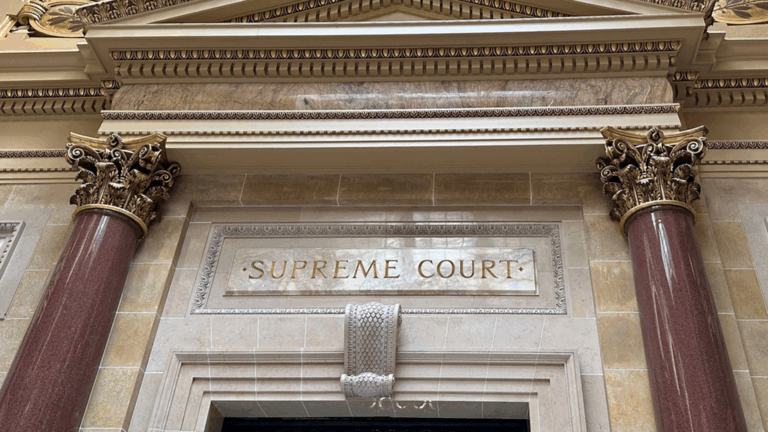
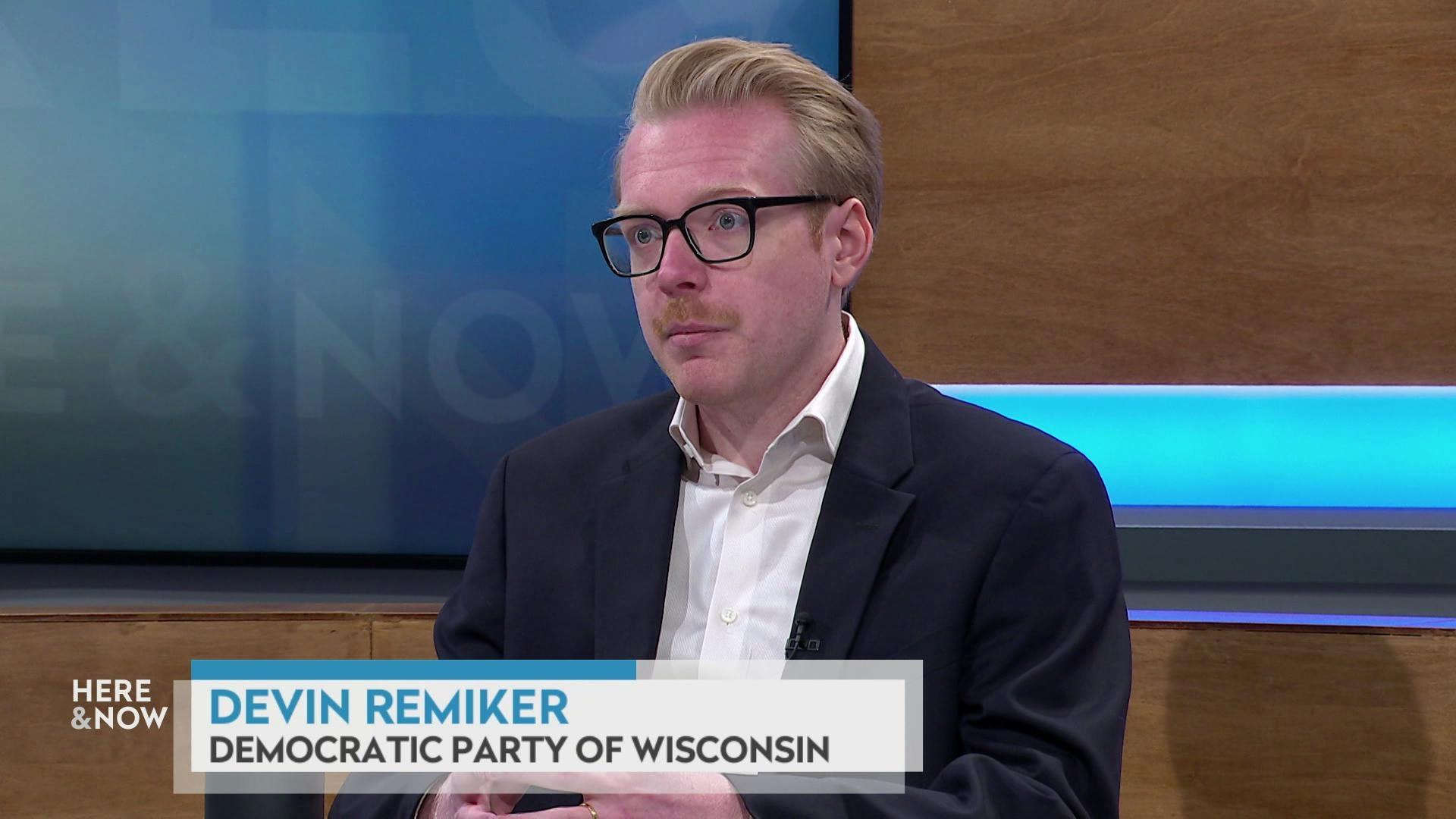
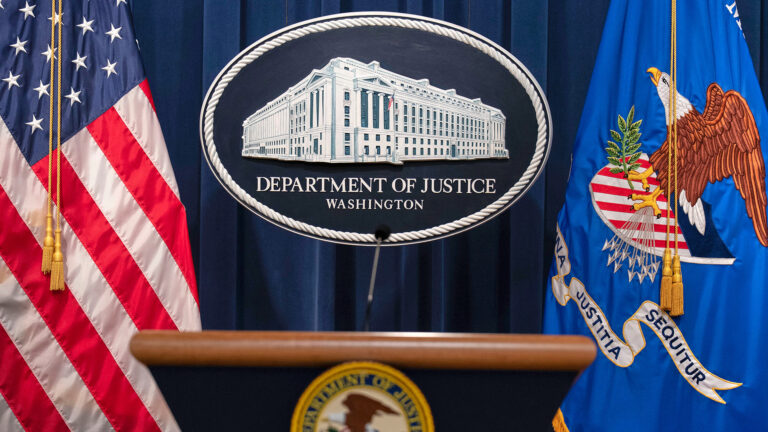

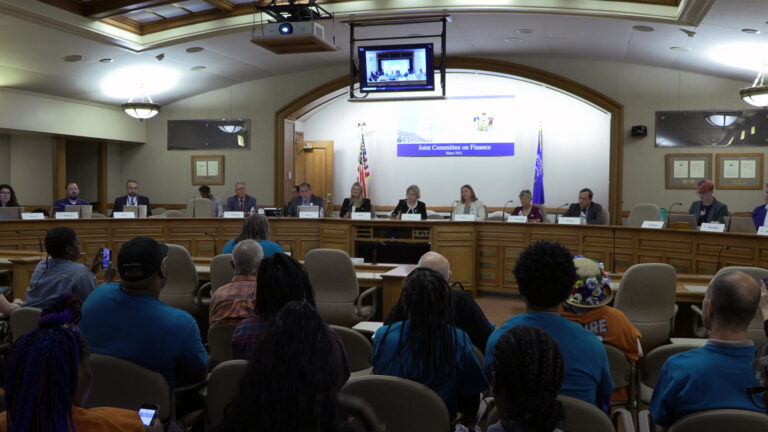
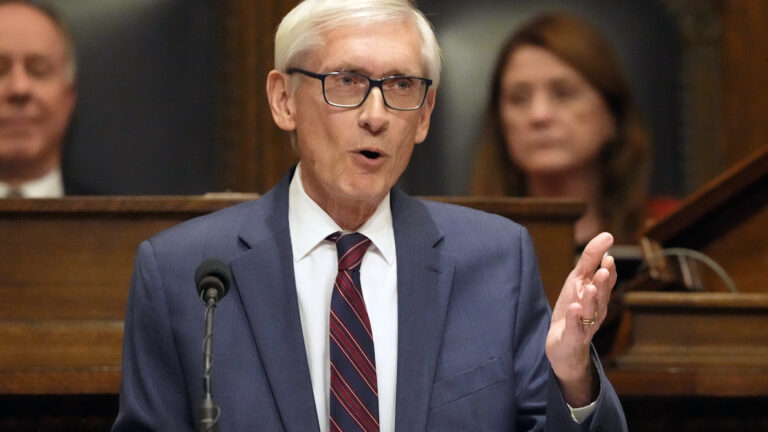

Follow Us